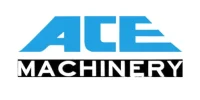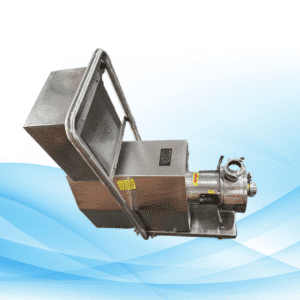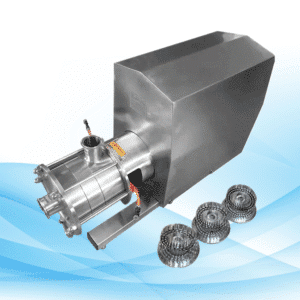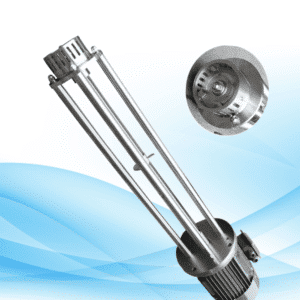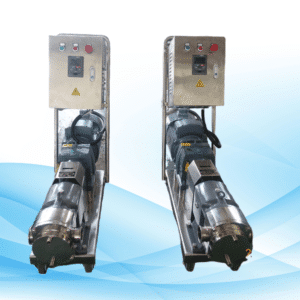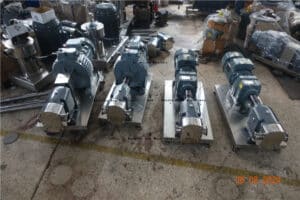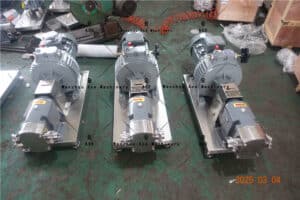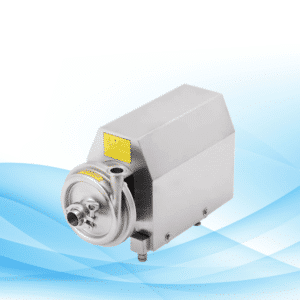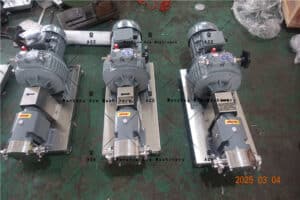High Shear Mixer vs Homogeniser: A General Overview
If you are venturing into the realm of industrial mixing and emulsification, it’s important to familiarize yourself with the distinctions between a high shear mixer and a homogenizer. These appliances are critical in ensuring product quality in industries such as food and beverage, pharmaceuticals, and cosmetics. The purpose of this piece of writing is to highlight the differences between high shear mixers and homogenisers, their unique features and application areas where they perform best. In this way, you can determine and select the right tool and process for your application.
How Does a High Shear Mixer Function?
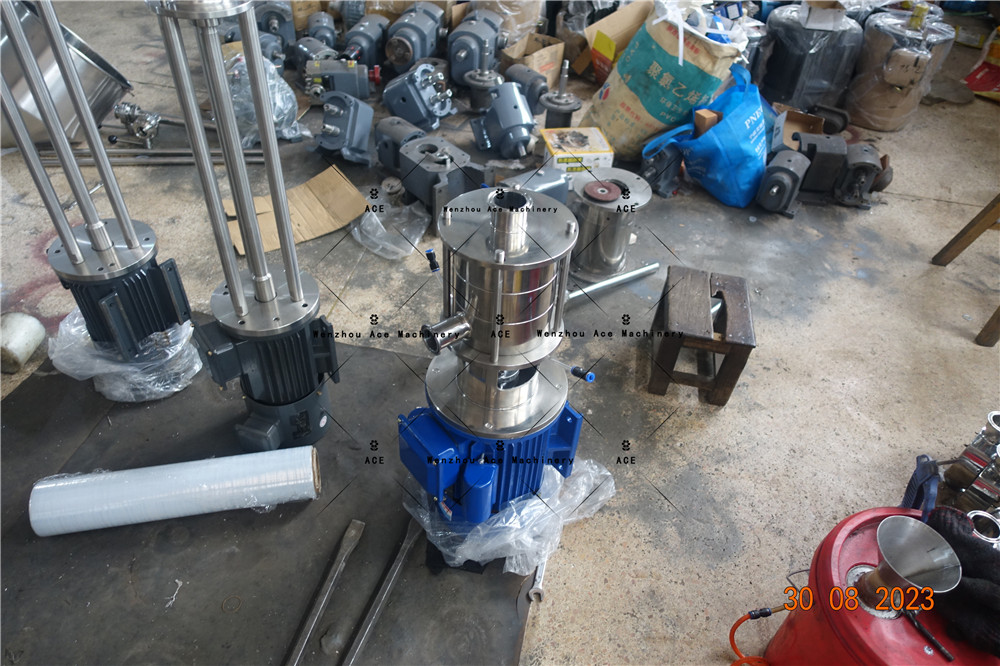
A high shear mixer functions by applying considerable shear forces to achieve a smooth dispersion, emulsion or homogenisation process. These mixers generally consist of two main components: a rotor and a stator. When a high concentrated shear force is applied on the rotor, the materials that are inside the stator are forced to go through the mixing head, which results in achieving a small scale dispersion of particles.
Special Features:
- High Speed: Rotors can run as fast as 10,000 RPM.
- Versatility: It can handle and process a number of different viscosities.
- Efficiency: It works exceptionally well for both batch and continuous operations.
High shear mixers are intended to be used in manufacturing processes involving rapid mixing and dispersion, such as for making mayonnaise, lotions, or other chemical ingredients.
What Exactly is a Homogenizer?

Depending on the method used, particle size can be reduced and a mixture that is both stable and uniform can be made using homogenizers. To the contrary of high shear mixers; homogenizers do not target mixing and dispersing but to provide the material with a very high pressure and force it to go through a narrow gap which breaks down the particles into sub microns.
Key Features:
- High Pressure: Go as far as 30,000 psi
- Particle Reduction: Reduced down to sub microns size
- Stability: Generation of stable emulsions and dispersions
In the dairy sector, homogenisers are used to homogenize milk; in the pharmaceutical industry, they are used to preparing medications; and in the biotechnological industry, they are employed to disrupt cells.
High Shear Mixer vs. Homogenizer: Key Differences
1. Mechanism:
- High Shear Mixer: A mechanical force (shear) is employed for mixing and dispersing.
- Homogenizer: A hydraulic force is employed which enables high pressure that is used for size reduction of the particles.
2. Applications:
- High Shear Mixer: Applicable to nearly all food items, cosmetic products, chemicals, and adhesives.
- Homogenizer: Best applicability with dairy products, pharmaceutical drugs, and biotechnology products.
3. Productivity:
- High Shear Mixer: Good for fast mixing and dispersion; however, cannot produce very fine particles.
- Homogenizer: Very effective procedure in the context of stable fine emulsions.
4. Design:
- High Shear Mixer: Less complex since it has fewer parts.
- Homogenizer: More complex as they often have high-pressure parts that require servicing.
Benefits of High Shear Mixers
- Versatility: Can process a variety of batch and continuous processes, as well as a wide range of viscosities.
- Economical: Usually cheaper and easier to service.
- Speed: Has a quick turnaround time.
Benefits of Homogenizers
- Uniform Blending: Creates consistently fine product particles.
- Longer Life Products: Provides protection to cosmetics and ensures a longer shelf life.
- Based on Pressure: Suitable for uses where particles must be reduced in size but at certain pressure only.
Selecting the Right Type of Equipment: Must-Have Characteristics
Consider the following when determining if a high shear mixer or a homogenizer will suffice for your requirements:
- Use of the Product: Consider what the item you are producing is and what are its required width, stability, and height of particles.
- Batch Size: Consider if you require Batch Mixing or a Continuous Working machine.
- Budget: Think about the cost of the Initial investment as opposed to the Maintenance and Operational Costs in the long run.
- Regulatory Requirements: One of the most important considerations for equipment selection in pharmaceutical and food applications is the potential exist for only one type of equipment to meet the regulatory requirements.
Frequently Asked Questions
1. Is it possible to do homogenization with a high shear mixer?
A high shear mixer will be better than a high-pressure homogenizer in meeting some level of homogenization. It is a better choice for those applications which require mixing and dispersion in a short time.
2. In which sectors are high shear mixers frequently employed?
High shear mixers are widely used in the food and beverage, cosmetic and chemical industries and product manufacturers due to its efficiency and flexibility.
3. In regard to maintenance, are high shear mixers in the same category as homogenizers?
Wearing parts in high shear mixers aren’t as often replaced as their design is less complex. Because of the high pressures, homogenizers will require more frequent service and replace elements.
4. Are there certain tasks at which one is a great deal more suitable than the other?
There are certain tasks that microfluidizers will be more appropriate for. For example, in the dairy industry in the processing of milk, high shear mixers are more commonly used in the food industry in the manufacture of sauces and dressings.
Knowing the distinct features of high shear mixers and homogenizers allows you to make the best choice of equipment for the type of production process you wish to have, and therefore achieve maximum efficiency and product quality. Whether you are looking for fast mixing action, particle size reduction, or even fairly consistent dispersions, understanding exactly what each piece of technology is capable of will give you the guidance to the appropriate solution.
